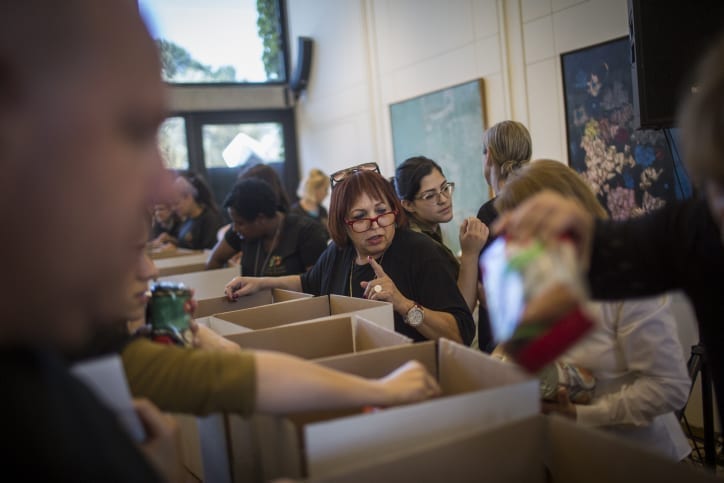Researchers at the Stanford University School of Medicine were able to create a diagnostic “lab on a chip” using a standard inkjet printer, which only costs 1 cent to make and is reusable. This new breakthrough can greatly improve the capability to diagnose ailments worldwide, and it can also more cheaply analyze cells and diagnose diseases.
The researchers claim that this cheap diagnostic tool could greatly improve medical care in developing countries. In poor countries the breast cancer survival rate is only about 40 percent. In these countries, tuberculosis, HIV and malaria run rampant and often unchecked, and they would benefit greatly from using such a diagnostic tool. It would actually save many lives.
Rahim Esfandyarpour, PhD, an engineering researcher at Stanford's Genome Center says: “Enabling early detection of diseases is one of the greatest opportunities we have for developing effective treatments… Maybe $1 in the US doesn't count that much, but somewhere in the developing world, it's a lot of money… We designed it to eliminate the need for clean-room facilities and trained personnel to fabricate such a device. One chip can be produced in about 20 minutes.”
As we said it can be made on an inkjet printer and that would make it accessible in basically any part of the world.
Ron Davis, PhD, a professor of biochemistry and of genetics and director of the Stanford Genome Technology Center said: “The motivation was really how to export technology and how to decrease the cost of things. The genome project has changed the way an awful lot of medicine is done, and we want to continue that with all sorts of other technology that are just really inexpensive and accessible.”
According to the researchers, their device is so inexpensive that it will open up a whole new world of easily-accessible medical diagnostics. Low-cost DNA sequencing can allow doctors access to investigate the DNA of tumors readily and easily. That also means you can detect tumor cells in the bloodstream earlier and give a faster diagnosis. That is why the researchers hope that their device will revolutionize medical research by making readily-available, inexpensive diagnostic tools readily available to anyone who needs them.
Researcher Rahim Esfandyarpour says; “I'm pretty sure it will open a window for researchers because it makes life much easier for them — just print it and use it.





